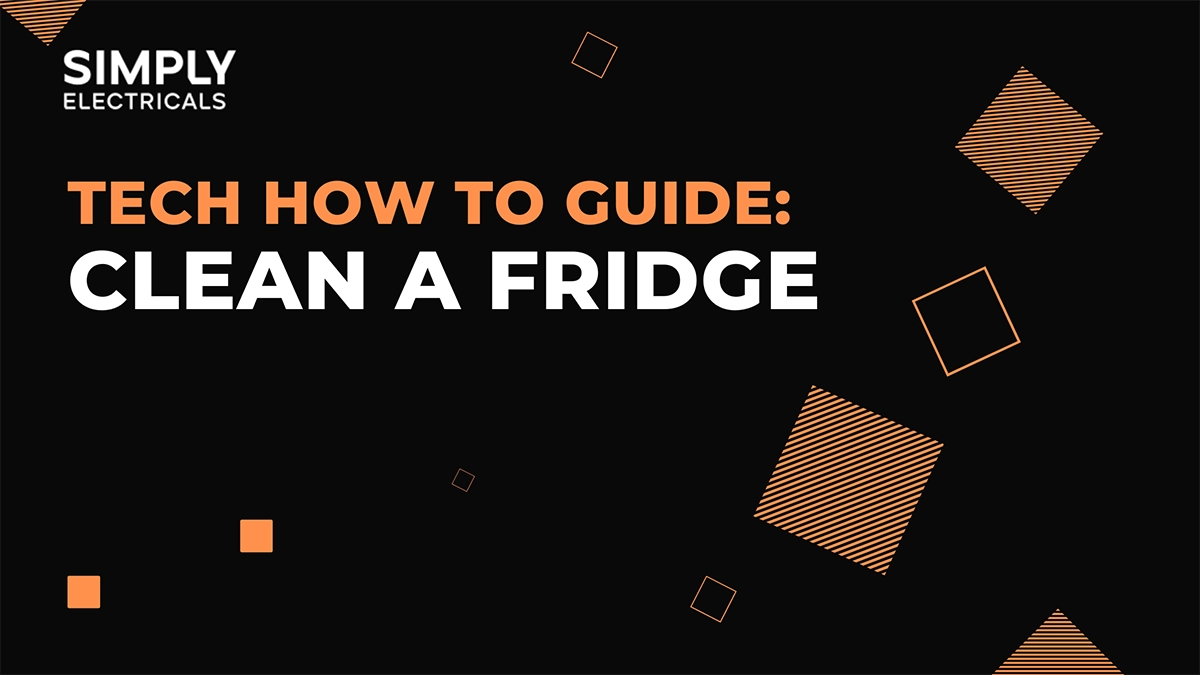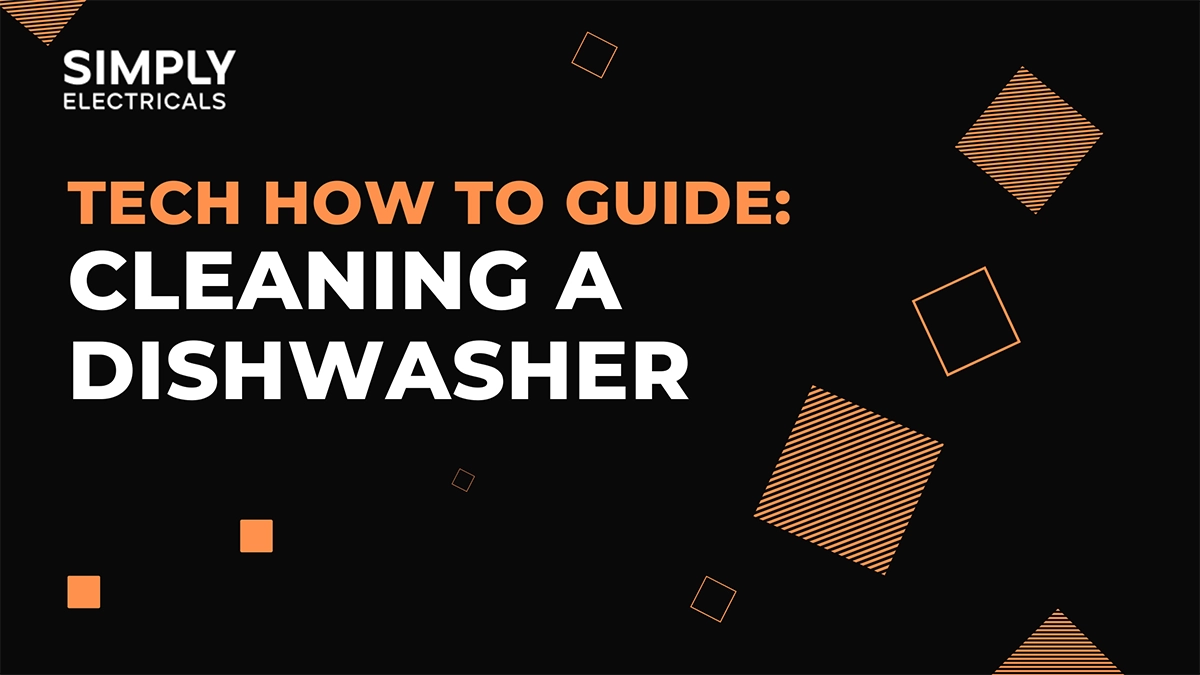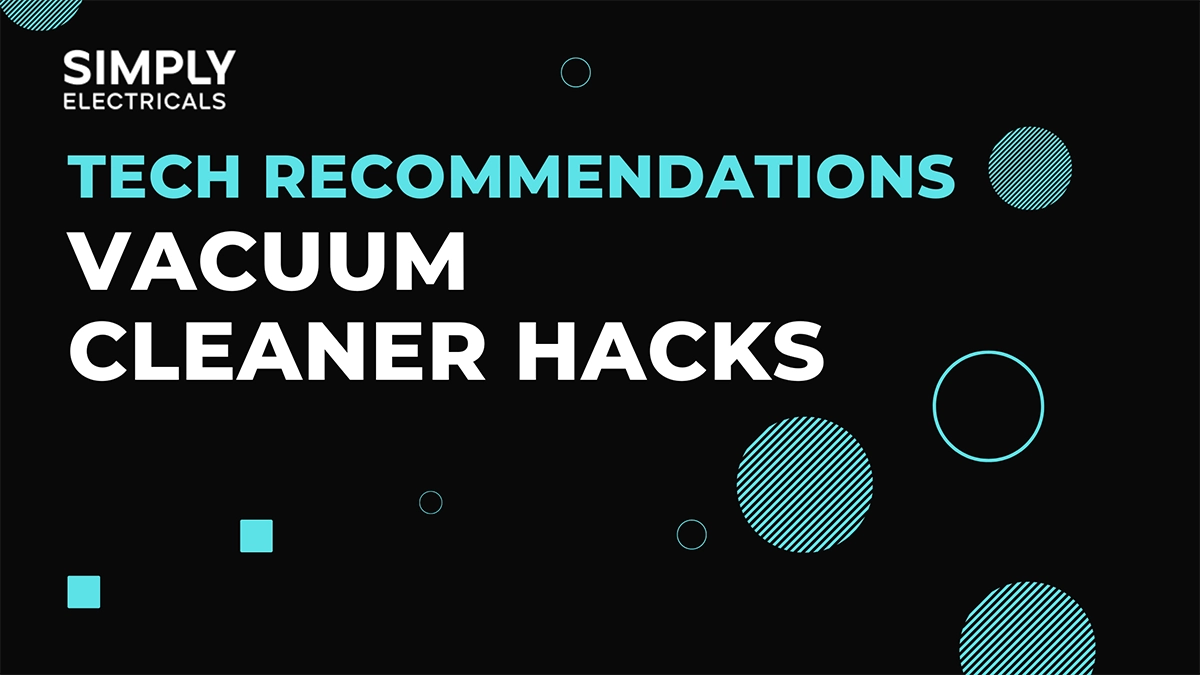I will guide you through how to clean your vacuum cleaner, using very little effort and have your appliance in great working order ready to tackle the house again.
We have all been there and avoided emptying and cleaning your vacuum cleaner, thinking “I will get one more room done”! Well, this isn’t actually good for your machine and can cause more harm than good. Don’t neglect your vacuum, just empty it.
Why should you clean your vacuum cleaner?
Dirt and bacteria build up within the walls of your vacuum cleaner, if you don’t look after it, it simply won’t do its job properly. Making hard work of an easy job isn’t worth it, keeping on top of emptying the bag or bin and cleaning the filters will also contribute to a healthier vacuum.
Hair can get tangled within the head and brushes of the vacuum, decreasing the suction power, which can affect the battery life. Regular maintenance and cleaning will improve the efficiency and also the lifespan of your vacuum.
If your vacuum isn’t performing properly, it’s ready for deep cleaning.
How do I know if my vacuum cleaner needs cleaning?
A few indications that your vacuum may be in need of a clean are the following:
- The suction decreases – making it harder to clean, check the filters
- Cutting out – This may be due to blocked filters
- Smelling bad – Wash out the hose
- Not picking up – Check the brushes for tangled hair
How often should you clean a vacuum cleaner?
For bagless vacuums, ideally, you should empty them after every use this will help with lingering smells than can build up.
Vacuums with a bag should be emptied when they are ¾ full – it’s always a good idea to check your manual for the manufacturer’s recommendation.
Regular deep cleans are recommended – this will save time and money for unnecessary repairs.
The use of your vacuum cleaner will determine how often this will need to be cleaned; a busy house with a lot of traffic will need a monthly clean, whilst a smaller household may require quarterly cleans.
I have created a simple checklist of daily maintenance and monthly deep cleans to help with the cleaning process of vacuum cleaner:
| Dust canister | After every use |
| Cordless vacuum filters | Monthly deep clean |
| Bag filter | When ¾ full or monthly |
| Brush roller | Monthly |
Can I clean the inside of my vacuum?
Bagless vacuum cleaners have a canister which collects dust – this can be cleaned with warm soapy water and a microfibre cloth. Always ensure this is fully dry before use.
Bagged vacuum cleaners are slightly different. Firstly, remove the dust bag before cleaning the internal area. Allow to dry fully before replacing a new bag as most of these vacuum cleaners have paper bags which will get ruined if the vacuum is still damp.
The hose will also need to be cleaned. This can get clogged with hair and grime, but most up-to-date vacuum cleaners have removal hoses which are extremely easy to clean.
Tip – If your vacuum is losing suction, this could be an indication the hose is blocked.
What to use when cleaning a vacuum cleaner
Warm soapy water (washing liquid base) is the best to use on vacuum cleaners. These are safe products to use and will still remove dirt and grime without the need for harsh cleaning products.
I like to use a splash of scented disinfectant to clean the internal cylinder as this can hold stale odours, especially if you have pets.
Cleaning products and materials needed:
- Warm soapy water (washing liquid base)
- Rubber gloves
- 2 x microfibre cloths (1 to dry)
- Scented disinfectant
- Scissors (to remove hair from the brushes)
How to clean a vacuum cleaner filter
Cordless vacuum filters may need a little extra attention to maintain their performance. The filters are engineered to capture microscopic particles which can result in a build-up in the filters.
A monthly deep clean washing of the filters is best to maintain the suction power.
- Remove the filter
- Shake over a bin to remove excess dust
- Rinse under warm water
- Allow to dry for 24 hours
- Replace filter
Bag filters are designed slightly differently as this is both a canister for the dust and a filter all in one.
To make cleaning requirements a little easier, just remove the bag and replace it.
These bags aren’t cheap, so remember before choosing your vacuum to check out the price.
How to clean vacuum brushes
Brush rollers are very easy to clean with the correct equipment. There is no need to purchase any special gadget, a simple pair of scissors works wonders.
Hair can get trapped in the brushes and cause the vacuum cleaner to lose suction.
Following this quick and simple guide will have your vacuum cleaner back up and running in a flash.
- Use a pair of scissors to cut the hair in a horizontal line (avoiding cutting the bristles)
- Gentle roll the brushes
- Pull the cut hair away from you to avoid the dust particles
- Wipe over the brushes and roller with warm soapy water
- Allow to dry
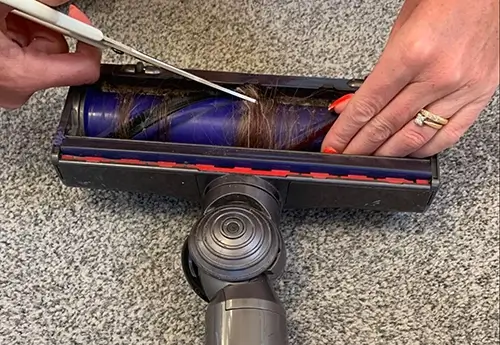
How to clean vacuum hose
The hose is one of the main culprits for loss of suction power and can also contribute to lingering odours in your vacuum. The hose is really easy to clean and you will notice an improvement in the vacuum’s efficiency straight away.
Cleaning supplies and materials needed:
- Bowl of warm soapy water
- Long bamboo stick
- Microfibre cloth
This simple and effective step-by-step guide will help eliminate odours and improve the lifespan of your vacuum cleaner.
- Remove the hose attachment from the base – there will be hair and dust so be prepared.
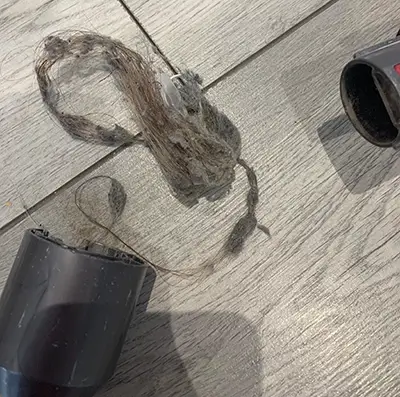
2 . Wrap a microfibre cloth around the tip of the bamboo stick
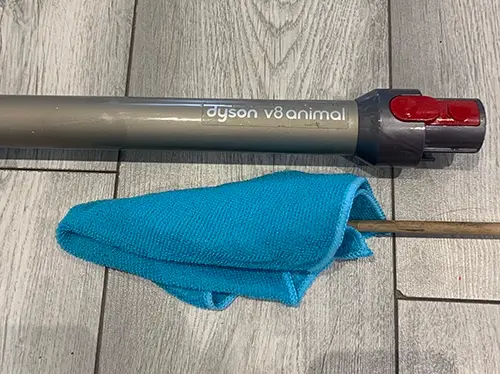
3. Place the tip bamboo stick inside the middle of the cloth at the opening of the hose.
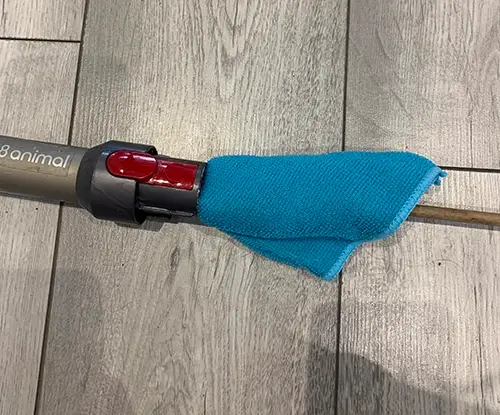
4. Push the cloth through the hose using the bamboo stick
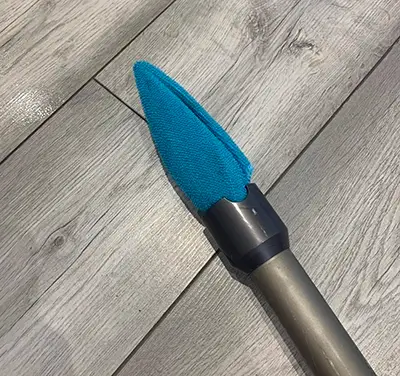
Your hose will now be dust and hair and fully functioning.
Tip – Add a splash of scented disinfectant to your cloth for an extra fresh smell.
How do you get dust out of a vacuum?
Most modern bagless vacuum cleaners have a hygienic cylinder that can very easily be emptied without the need of touching the dust – this can be emptied over a bin to avoid a mess.
Bagged vacuums are slightly different. You will need to manually dispose and replace the bag which collects the dust, this being a little more of a dirty job.
The inside of the vacuum on both machines will need to be wiped clean to prevent a build of dust and grime.
How to clean a bad-smelling vacuum cleaner
Vacuum cleaners can kick out some nasty smells if they are not properly cared for. Keeping a good cleaning routine and sticking to it will help contribute to a fresh-smelling vacuum cleaner.
Firstly, have a routine. Empty your dust cylinder after every use. This cylinder is a holder for odour!
Secondly, remember your hose, or it won’t be pleasant on your nose. Many people forget about this. The hose will hold on to particles on the inner tube, which will in time lead to grime creating very displeasing smells.
Gather up your cleaning supplies:
Let’s get cracking!
- Empty cylinder or bag
- Remove all attachments
- Clean brushes (See above on how to)
- Clean hose (See above on how to)
- Wash all attachments
- Allow to dry for 24 hrs
- Replace all filters and attachments
Following the above cleaning regime monthly will keep your vacuum like new and operating at maximum efficiency.








